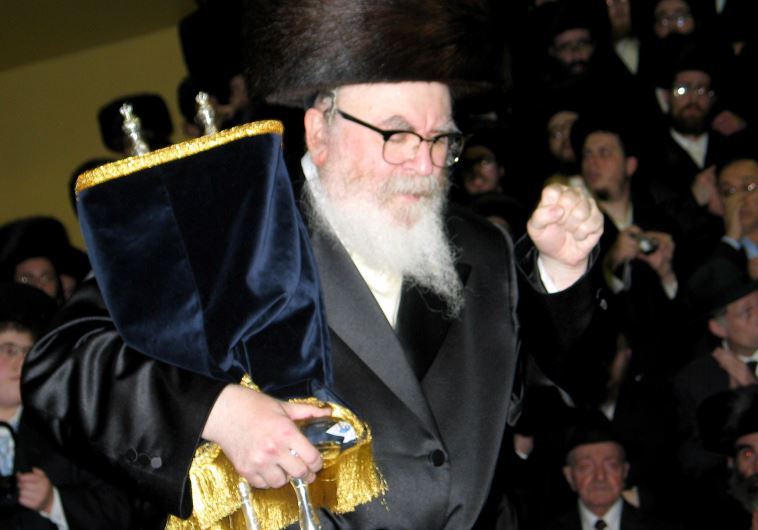Grapevine: Exciting visit
Rabbi David Twersky, known as the Skverer Rebbe of New Square, arrived in Israel from Monsey, New York, for his first visit to Israel in 21 years.
 Rabbi David Twersky, known as the Skverer Rebbe of New Square(photo credit: Wikimedia Commons)
Rabbi David Twersky, known as the Skverer Rebbe of New Square(photo credit: Wikimedia Commons)